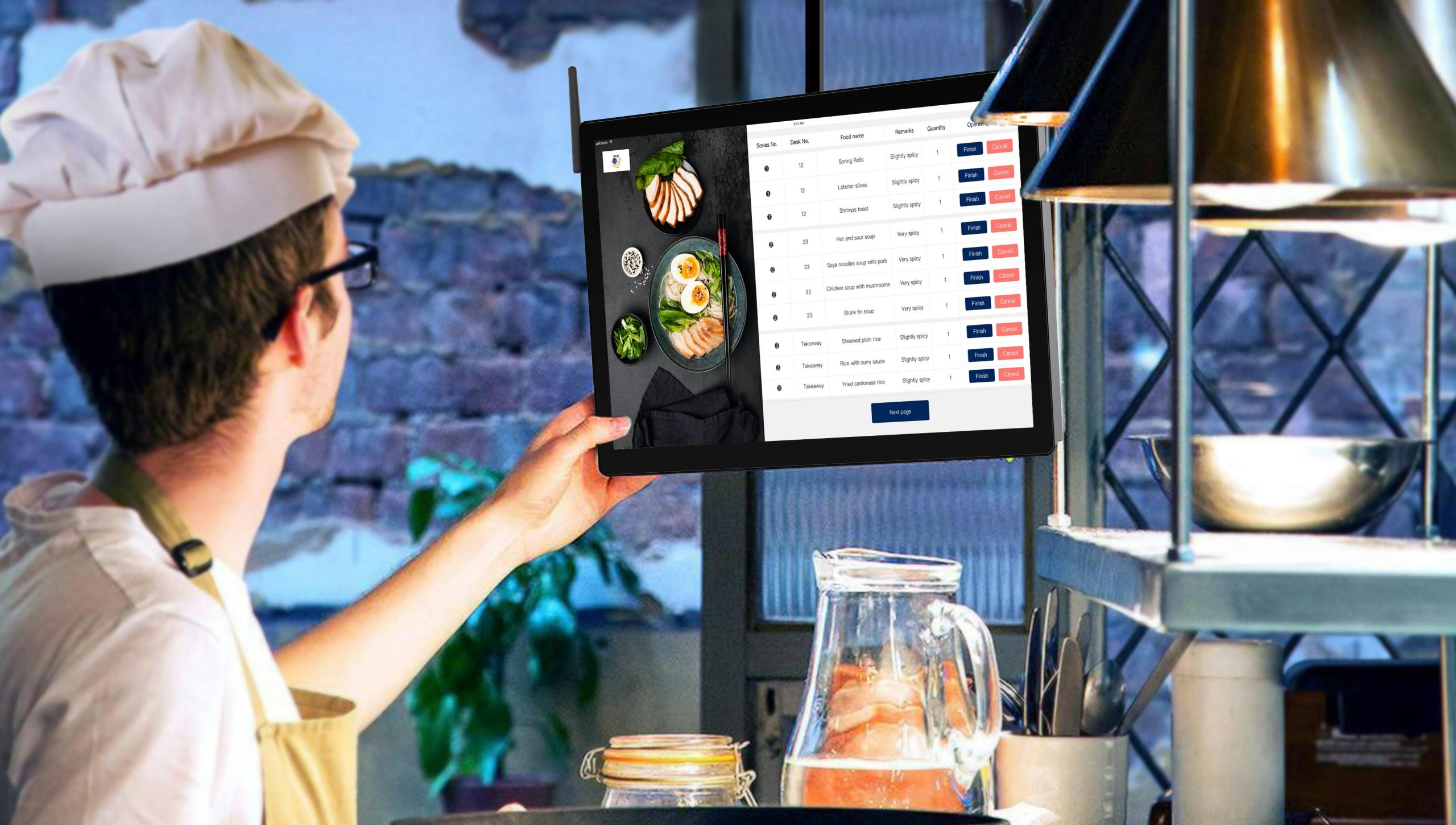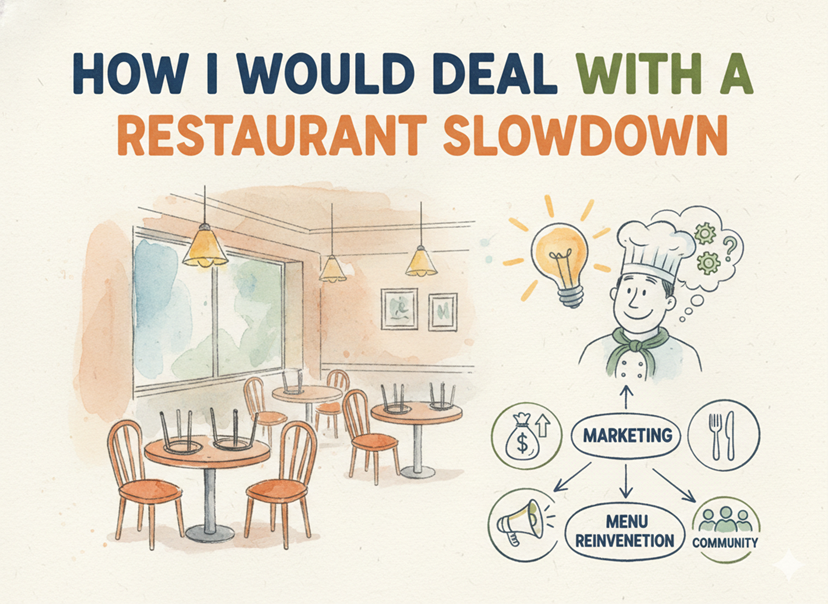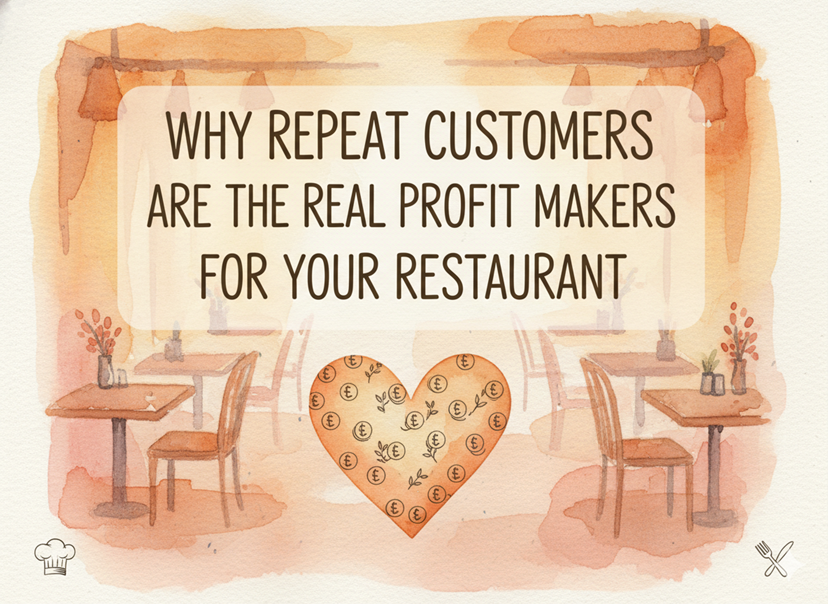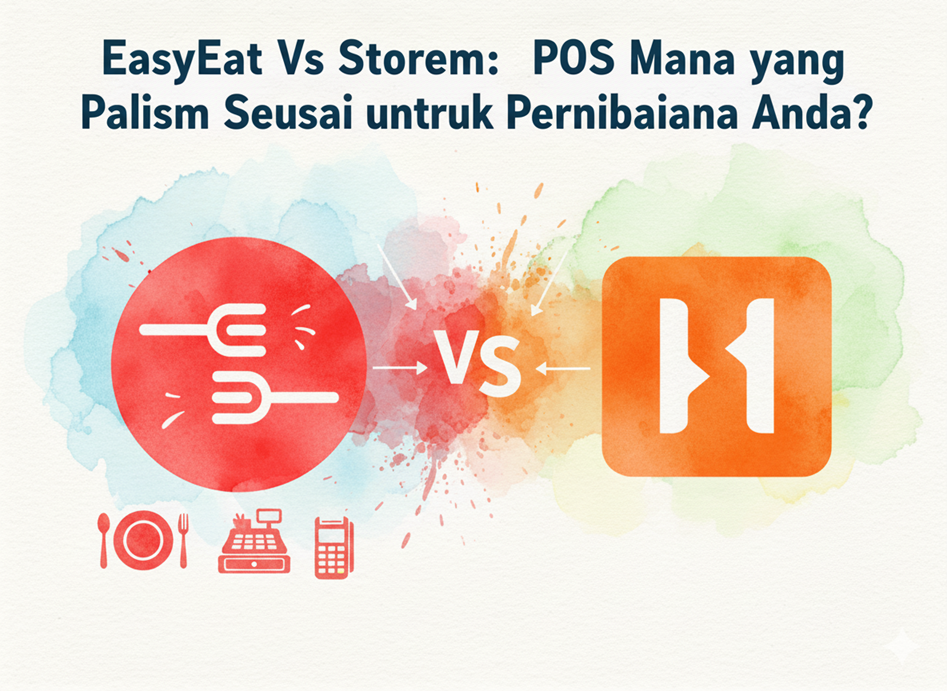If you care about the future of your business and the environment, you might be wondering how you can make your restaurant menu more sustainable. In Malaysia, where food is such an important part of our culture, creating a sustainable restaurant menu is not just a trend, it’s a responsibility. A sustainable menu helps you reduce waste, save money, and attract customers who care about the planet. Let’s explore how you can make this happen and why it matters.
Why a Sustainable Restaurant Menu Matters
A sustainable restaurant menu focuses on using ingredients that are good for the environment, local communities, and your business. In Malaysia, where food waste is a growing concern, adopting sustainable practices can make a big difference. According to the Solid Waste Management and Public Cleansing Corporation (SWCorp), Malaysians waste about 16,688 tonnes of food every day, enough to feed 12 million people. By creating a sustainable menu, you can help reduce this waste and contribute to a healthier planet.
Customers today are more aware of environmental issues. Many prefer to support businesses that care about sustainability. A sustainable menu can set you apart and build loyalty among your customers. It’s not just about being eco-friendly—it’s about creating a positive impact while growing your business.
Steps to Create a Sustainable Restaurant Menu
1. Source Ingredients Locally
One of the easiest ways to make your menu sustainable is by using locally sourced ingredients. Local produce doesn’t have to travel far, which means it has a smaller carbon footprint. It also supports local farmers and ensures fresher ingredients for your dishes. For example, instead of importing vegetables, you can use fresh produce from Cameron Highlands or seafood from Sabah and Sarawak.
2. Choose Seasonal Ingredients
Seasonal ingredients are not only fresher and tastier, but they are also more sustainable. When you use seasonal produce, you reduce the need for artificial growing methods, which often require more energy and resources. For instance, mangoes are abundant in Malaysia during the summer months, so incorporating them into your menu during this time makes sense.
3. Reduce Food Waste
Food waste is a major issue in Malaysia. You can tackle this by planning your menu carefully. Use every part of an ingredient whenever possible. For example, vegetable scraps can be used to make stocks, and leftover bread can be turned into croutons. You can also offer smaller portion sizes or encourage customers to take leftovers home.
4. Offer More Plant-Based Options
Plant-based dishes are not only healthier but also more sustainable. Producing plant-based foods generally requires fewer resources like water and land compared to meat. You don’t have to go fully vegetarian, but adding a few plant-based options to your menu can make a big difference. For example, you can introduce dishes like stir-fried tempeh or coconut milk-based curries.
5. Practice Sustainable Procurement
Sustainable procurement means choosing suppliers who follow eco-friendly practices. Look for suppliers who use organic farming methods, fair trade practices, or sustainable fishing techniques. By partnering with these suppliers, you ensure that your ingredients are sourced responsibly.
How a POS System Can Help You Create a Sustainable Menu
A Point of Sale (POS) system is a powerful tool that can help you manage your restaurant more efficiently and support your sustainability goals. Here’s how:
1. Track Inventory and Reduce Waste
You keep track of your inventory in real-time using a POS system. You’ll know exactly what ingredients you have, how much you’re using, and what’s going to waste. This information allows you to adjust your menu and ordering process to minimize waste. For example, if you notice that a particular ingredient is often leftover, you can reduce the quantity you order or find new ways to use it.
2. Analyze Customer Preferences
It can provide insights into which dishes are popular and which ones aren’t. This data helps you make informed decisions about your menu. If a dish isn’t selling well, you can replace it with something more sustainable or adjust the recipe to reduce waste.
3. Digital Menu
A POS system can help you create a digital menu that you can use to showcase your restaurant’s best dishes. A digital menu can influence your customers to order more as they are more vibrant. The digital menu also allows you to upsell subtly.
4. Promote Sustainable Dishes
You can use your POS system to highlight sustainable dishes on your menu. For example, you can create special promotions for plant-based options or locally sourced meals. This not only encourages customers to try these dishes but also raises awareness about sustainability.
The Benefits of a Sustainable Restaurant Menu
Creating a sustainable menu offers many benefits for your business and the environment. Here are a few:
- Cost Savings: By reducing waste and using local ingredients, you can lower your costs.
- Customer Loyalty: Customers appreciate businesses that care about the environment. A sustainable menu can help you build a loyal customer base.
- Positive Impact: You’ll be contributing to a healthier planet by reducing waste and supporting local communities.
FAQs
- What is a sustainable restaurant menu?
A sustainable restaurant menu focuses on using ingredients and practices that are good for the environment. This includes sourcing local and seasonal ingredients, reducing food waste, and offering plant-based options. - How can I make my restaurant menu more sustainable?
You can make your menu more sustainable by sourcing local and seasonal ingredients, reducing food waste, offering plant-based dishes, and practicing sustainable procurement. - Why is sustainable food important in Malaysia?
Sustainable food is important in Malaysia because it helps reduce food waste, supports local farmers, and protects the environment. With Malaysians wasting thousands of tonnes of food daily, adopting sustainable practices can make a significant impact. - How can a POS system help in creating a sustainable menu?
A POS system can help you track inventory, analyze customer preferences, streamline operations, and promote sustainable dishes. These features make it easier to manage your menu and reduce waste. - What are some examples of sustainable food in Malaysia?
Examples of sustainable food in Malaysia include locally sourced seafood, seasonal fruits like mangoes and durians, and plant-based dishes like stir-fried tempeh or coconut milk-based curries.
By taking these steps, you can create a sustainable restaurant menu that benefits your business, your customers, and the planet. Start small, and over time, you’ll see the positive impact of your efforts. Together, we can make Malaysia a leader in sustainable dining!




